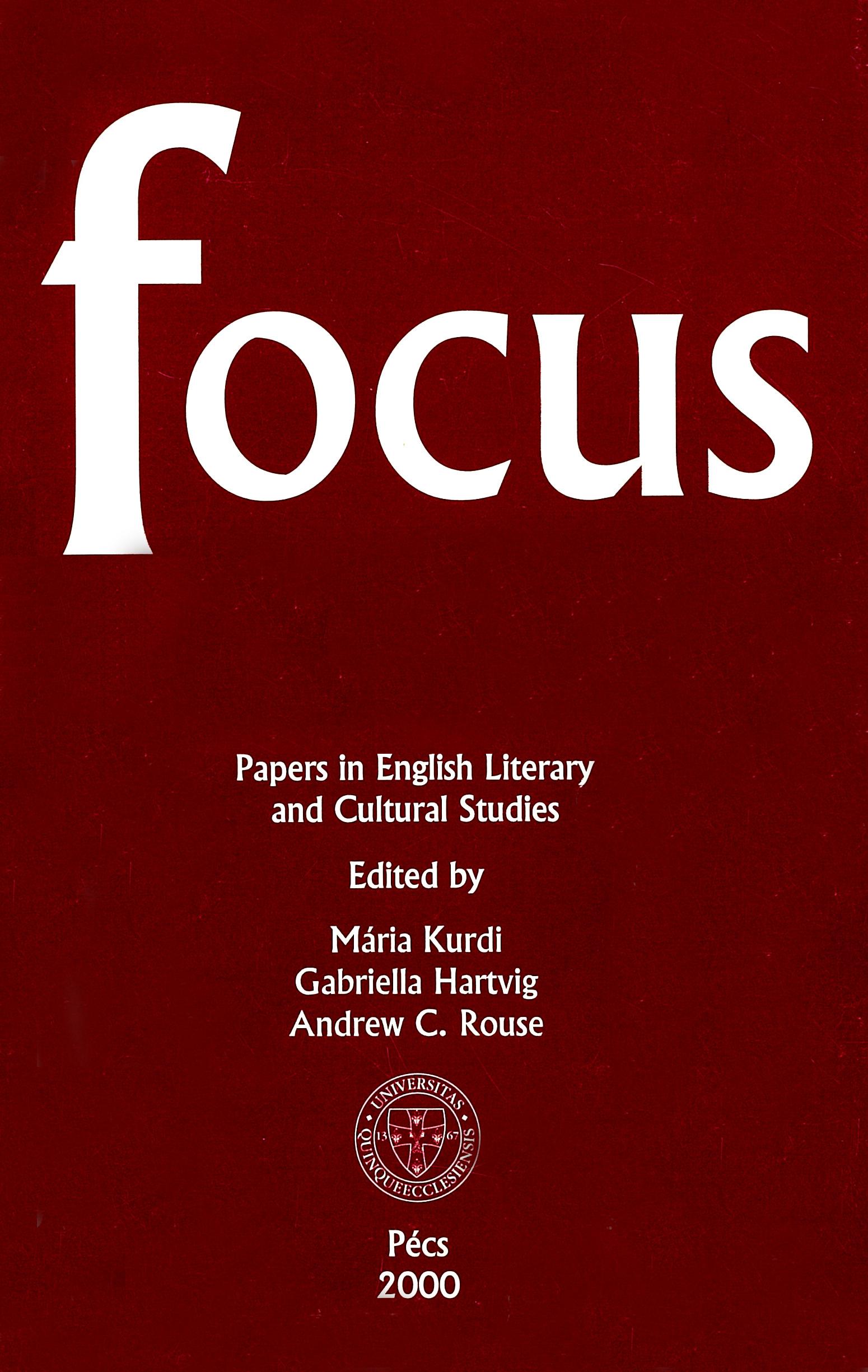Performing the (Dis)continuity of the Self in Samuel Beckett’s That Time and Edward Albee’s Three Tall Women
Abstract
Since his memorable debut with The Zoo Story at the Berlin Festival in 1959, Edward Albee has been classified as the absurdist playwright of America, his dramatic style being compared to that of Beckett by many scholars. To refer to just one device, that of the shaggy dog story at the heart of the first Albee play which encapsulates the crisis of communication portrayed by the whole, is profoundly reminiscent of the middle of Waiting for Godot where Vladimir’s song about a dog returns to its beginning like Beckett’s work itself does. Hardly a wonder, then, that in 1960, when The Zoo Story found its way home to the United States, the Greenwich Village Theater ventured to stage it as part of a double bill together with Krapp’s Last Tape. Regarding the later Beckett and Albee, the manifold links between the two are discussed by Christopher Bigsby, with special attention to the shift in their works in the direction of experimenting with the modes of presenting consciousness. In the scholar’s opinion, “Albee has been increasingly drawn to Beckett’s minimalism. His, too, are characters for whom habit has become a substitute for being. The past presses on his characters not as in a Miller play, where it is evidence of a betrayal..., but as the source of an irony which must be neutralized”, (135).
Downloads
Published
How to Cite
Issue
Section
License

This work is licensed under a Creative Commons Attribution-NonCommercial-NoDerivatives 4.0 International License.
FOCUS: Papers in English Literary and Cultural Studies follows the principles laid down by Creative Commons, which provides guarantees for the Author’s copyright while also ensuring that intellectual properties are made available for the wider public in a digital form. All papers submitted to the journal apply the following licence conditions (indicated on the journal’s website as well as in individual publications):
“© This work is licensed under a Creative Commons Attribution-NonCommercial-NoDerivatives 4.0 International License.”
You are free to:
- Share, copy and redistribute the material included in the journal in any medium or format under the following terms:
- Attribution — You must give appropriate credit to the Author, and indicate the original place of publication [FOCUS: Papers in English Literary and Cultural Studies, Issue nr., page numbers.].
- NonCommercial — You may not use the material for commercial purposes.
- NoDerivatives — You are not allowed to remix, transform, or build upon the material.
- The above conditions must always be indicated if the journal material is distributed in any form.
- The above conditions must always be met, unless a written permission signed by the Author and the Editor-in-Chief states otherwise.

